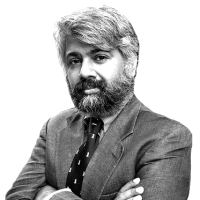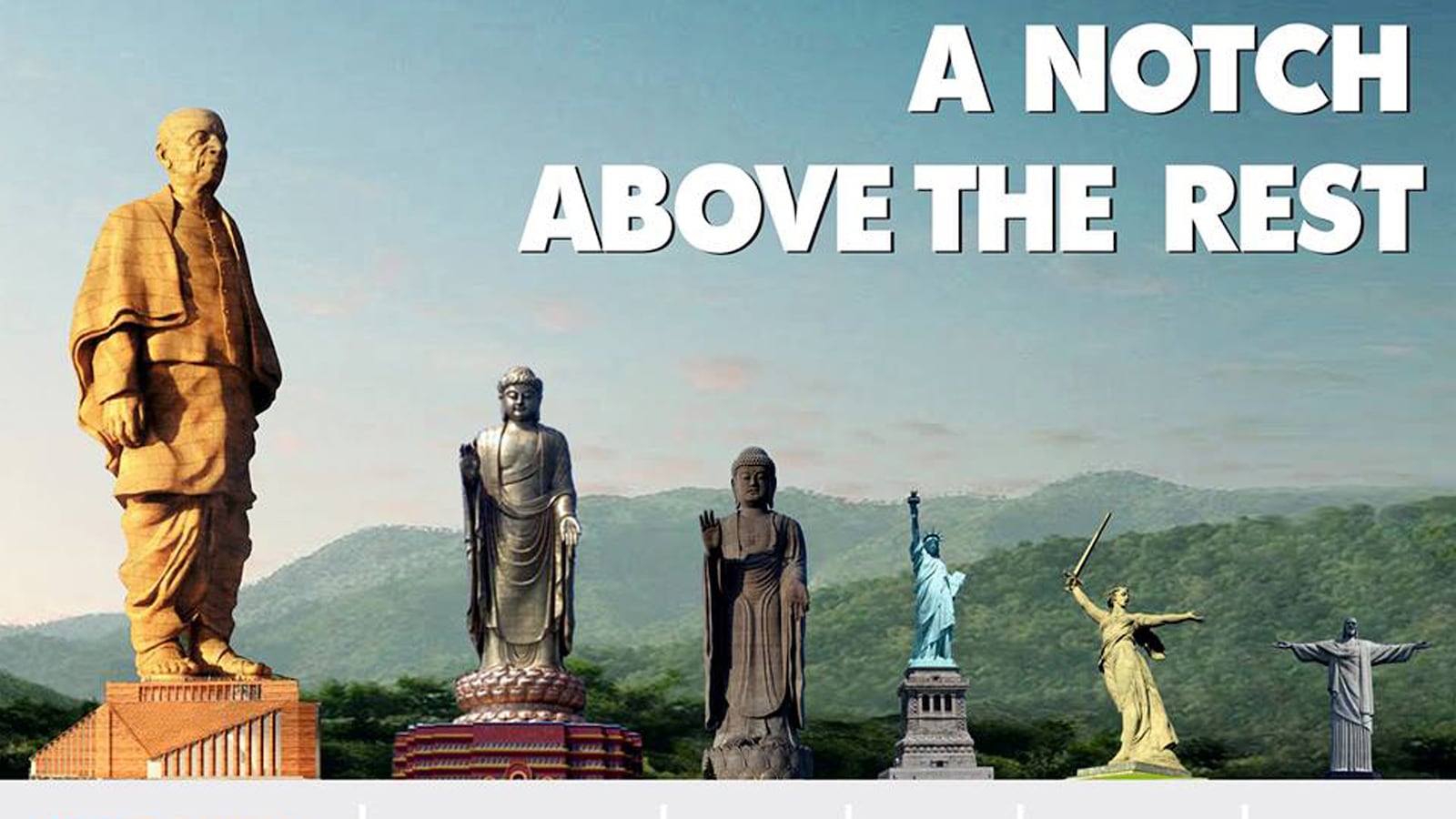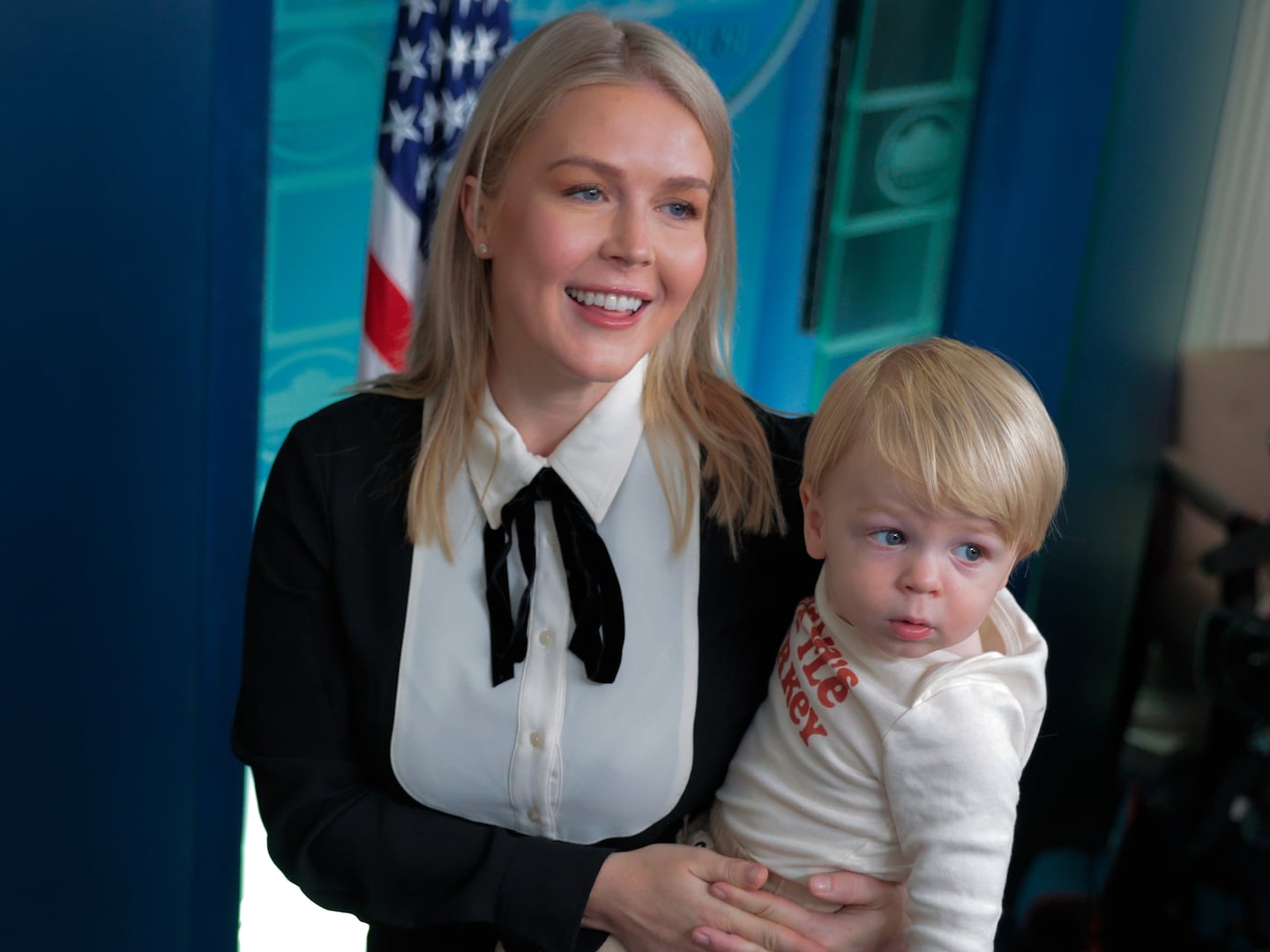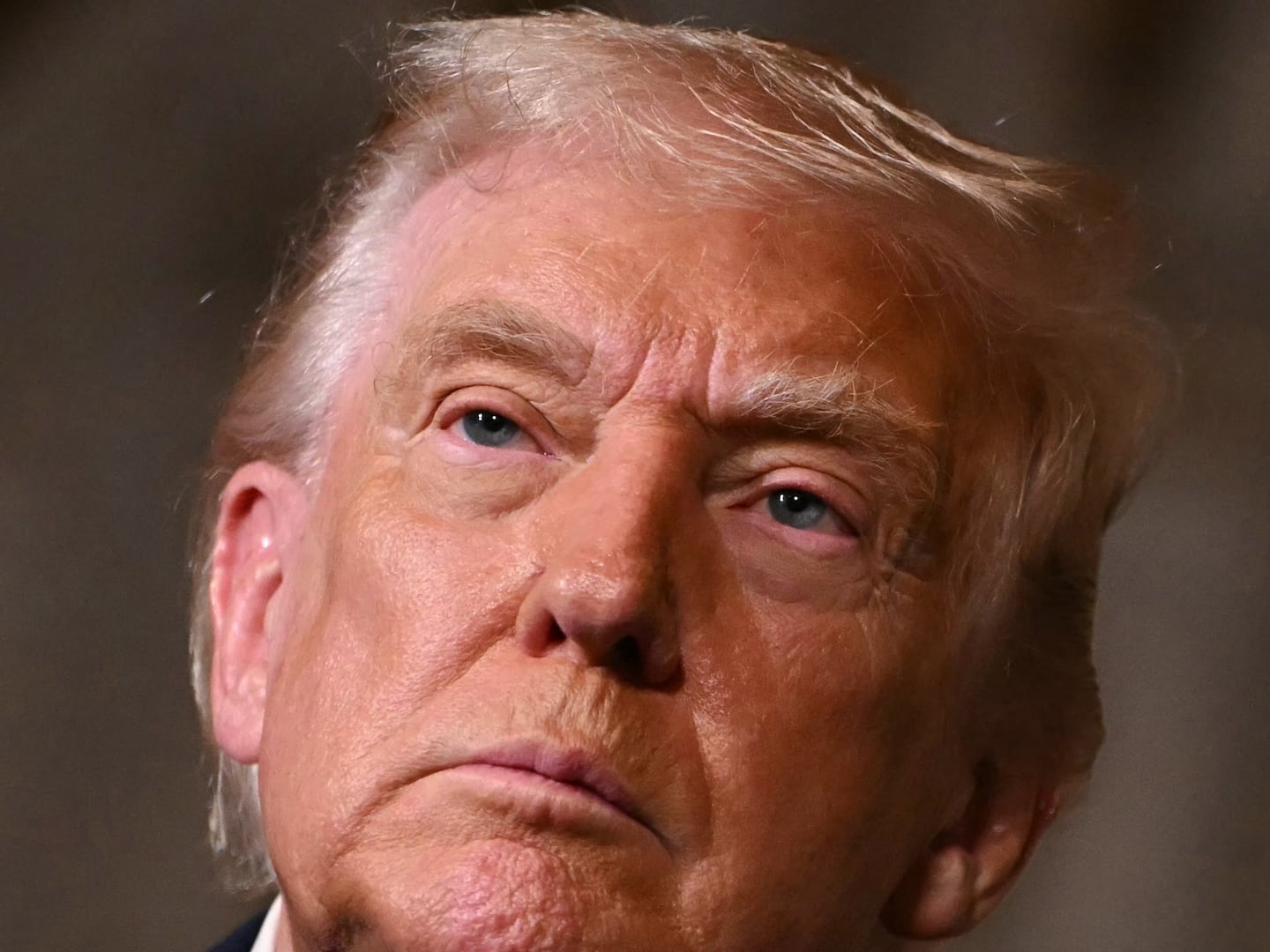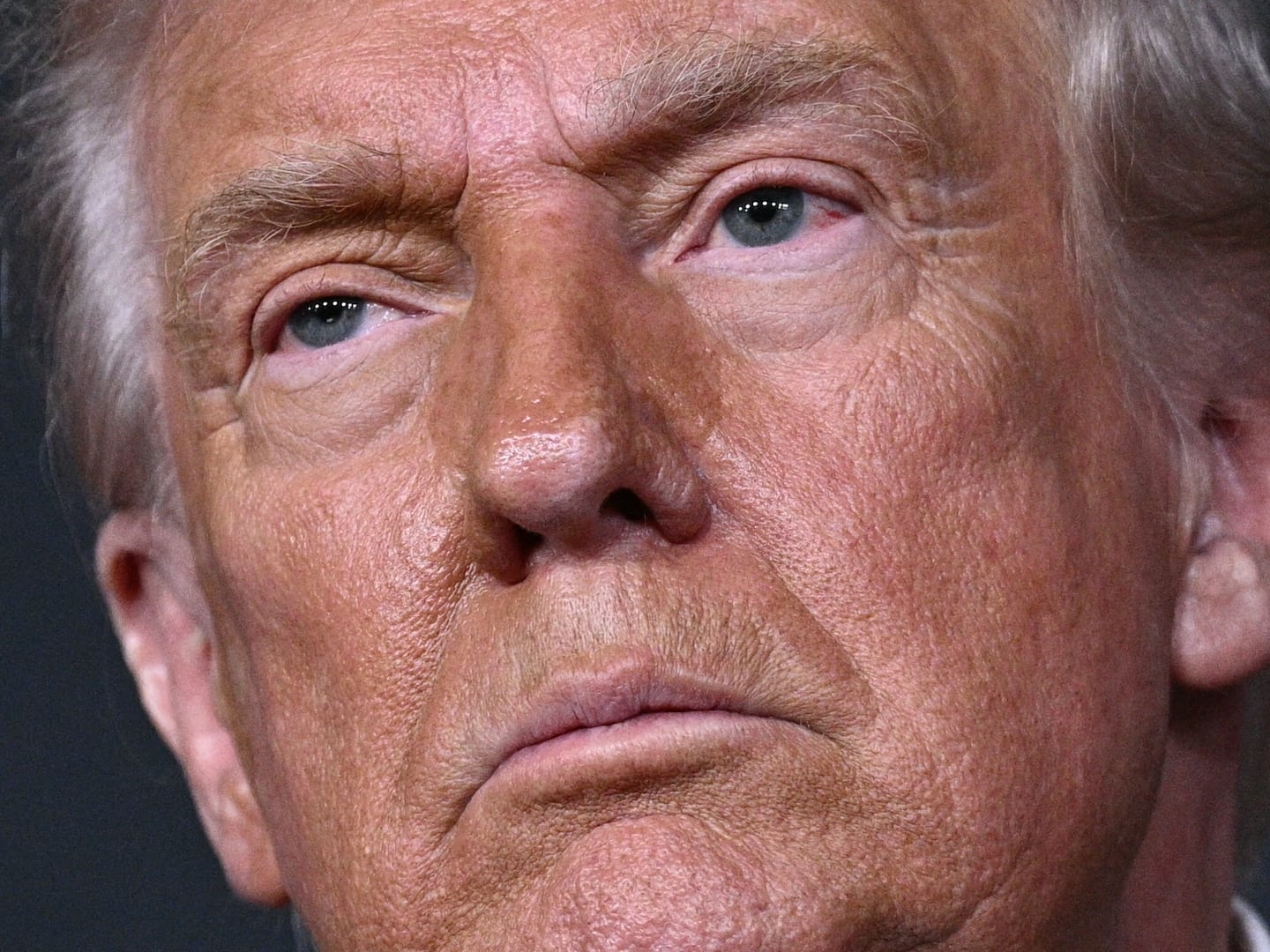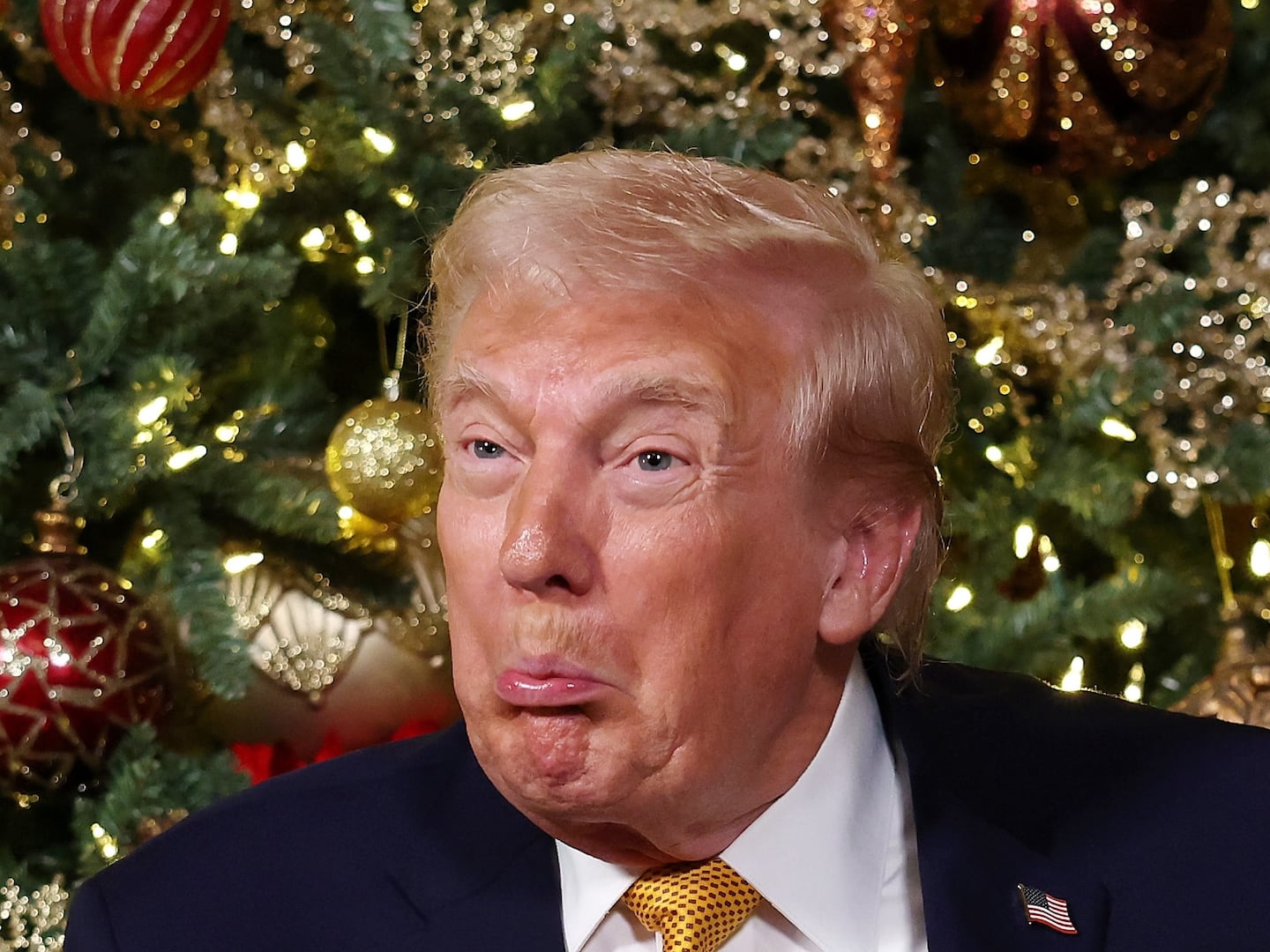Narendra Modi is the chief minister of the western Indian state of Gujarat, and he believes that his beloved India is a land of political pygmies. India’s current prime minister, whose job Modi covets to distraction, is an effete old technocrat who takes his orders from the bossy Italian widow of a former prime minister (who was himself the son of a prime minister, and the grandson of another). The old technocrat’s days in office are numbered, and his replacement as prime ministerial candidate for the ruling Congress party is Rahul Gandhi, the son of the Italian widow (she who must be obeyed), a clumsy “crown prince” of threadbare intellect who would inspire little confidence as the manager of a New Delhi pasta joint, let alone as prime minister of India.

India is a land of political midgets, damn it, and Narendra Modi is going to do something about it. To compensate for the meager stature of those with whom he must rub shoulders, he is going to give his country a giant statue—the tallest the world has ever seen. At 597 feet, this “Statue of Unity” will dwarf a 502-feet tall Buddha built in China in 2002, giving India—which suffers from a desperate form of penis-envy of China—something bigger at last than its massive northern neighbor. The statue, to be situated in Gujarat and made of bronze, iron and cement, will cost a scarcely trivial $340 million, much of which will come, in spite of Modi’s free-market protestations, directly from taxpayers who earn no more than $1,400 per annum. Do the moral math. (The official boast is that it will take only 42 months to build, although you’ve got to believe that the Chinese could complete the task in half the time.) When fully erect, it will be twice the height of the Statue of Liberty and four times that of Christ the Redeemer in Rio. “The world will be forced to look at India when this statue stands tall,” Modi has said. Indeed: But with what kind of gaze?
Before his promotion of gargantuan statuary, Narendra Modi was best known outside India as the man on whose watch about 1,000 innocent Muslims were massacred in 2002 by marauding Hindu chauvinist mobs. The state police, under Modi’s control, abetted the killings by remaining mute (and sometimes gleeful) spectators as men and women were butchered, houses torched, and entire neighborhoods “cleansed.” Modi, a Hindu nationalist himself (whom many of his critics would not hesitate to call “chauvinist,” or even “fascist”), has paid no legal consequence for his apparent dereliction, having been cleared of all wrongdoing by a special investigative panel appointed by the Supreme Court of India. Riddled with inconsistencies, the panel’s exculpatory report was controversial, to put it mildly; but this being India, where few major politicians are successfully prosecuted for anything, let alone the abetting of mass murder, Modi has carried on governing Gujarat with a quite chilling blitheness, as if not even a fly had been harmed in his state. Modi could well be prime minister of India next year, should his party, the BJP, win the country’s parliamentary elections.
This is where the giant statue comes in: It will be of Sardar Vallabhbhai Patel, India’s first deputy prime minister after the country’s independence from Britain in 1947. Patel, too, was from Gujarat. Unlike Modi, he was a member of the Congress party, and served under Jawaharlal Nehru—India’s first prime minister and the great-grandfather of Rahul Gandhi, the Congress “crown prince.” In glib Indian political discourse, espoused by pop historians and the like, Patel was the pragmatic, homespun tough guy, in contrast to Nehru’s airy-fairy, Westernized aesthete (the LBJ, as it were, to Kennedy). It is an axiom on the Indian nationalist right that India would not have been such an international pushover in its first decades after Independence had Patel been at the helm. “Every Indian regrets Sardar Patel did not become the first prime minister,” Modi told a gathering a day before the site of the statue was inaugurated. “Had he been the first prime minister, the country’s fate and face would have been completely different.”
Perhaps. We will never know. Maybe we’d have been facing the prospect of a 597-foot statue of Nehru somewhere in India had Patel taken first prize. Instead, we face the prospect of Modi in office, a tough new prime minister of India. Don’t be churlish and badger him about dead Muslims. Think, instead, of the statue: Vast, tall, and giant, in a land of political pygmies.
